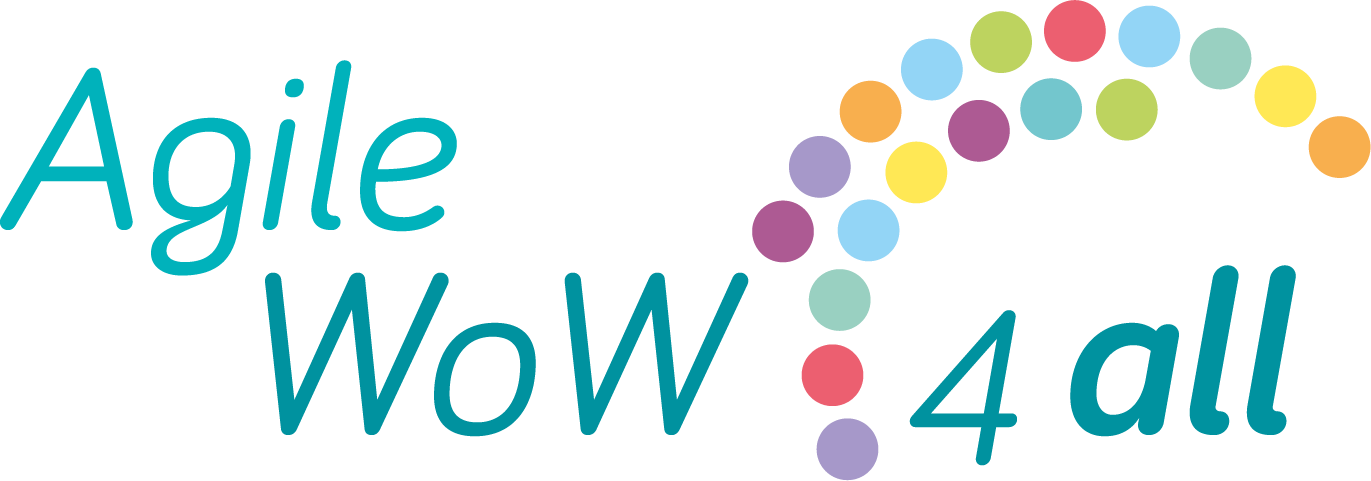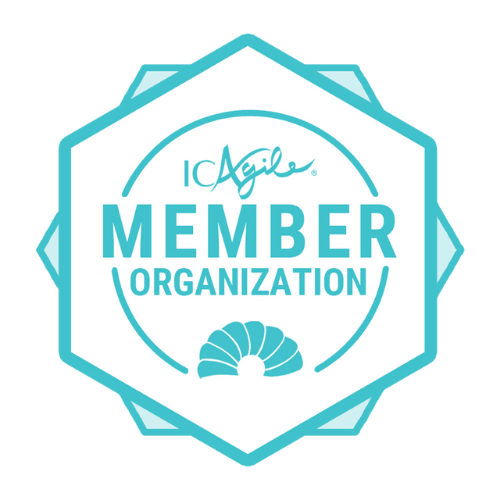Christophe Martinot
Overcoming the Five Dysfunctions of a Team: Practical Solutions for Effective Collaboration
The success of any team depends on its ability to work together effectively. Unfortunately, many teams struggle with dysfunctions that can hinder their ability to achieve their goals. Patrick Lencioni, in his book "The Five Dysfunctions of a Team," identifies five common dysfunctions that can plague teams. Here, we'll discuss how to recognize each of these dysfunctions and how to overcome them.
The first dysfunction is an absence of trust
The foundation of any successful team is trust. If team members do not trust one another, they create an environment of fear and insecurity. In addition to team members guarding their ideas and feedback, it is also possible for team members to talk behind each other's backs when there is a lack of trust.
A team must be willing to be vulnerable with one another in order to overcome a lack of trust. A "personal histories" exercise can help build trust by sharing personal experiences and feelings with the team, admitting mistakes, and listening to feedback. As part of this exercise, team members share their life stories, including the experiences that have shaped them.
Suppose a marketing team is tasked with developing a new advertising campaign for a client. However, team members are hesitant to share ideas with one another, fearing that their ideas will be rejected.
Team members can take turns sharing personal experiences that have shaped them as people as part of a "personal histories" exercise to build trust. Through this exercise, team members get to know each other better and establish a foundation for trust between them.
Fear of conflict is dysfunction #2
When team members don't feel comfortable engaging in healthy conflict, it can lead to resentment, passive-aggressive behavior, and a lack of commitment to team decisions. It is common for team members to avoid challenging conversations or hold back their opinions as a result of their fear of conflict.
To overcome a fear of conflict, teams must establish norms for how to engage in healthy conflict. By setting ground rules for team members to share their opinions and ideas without attacking one another, team members can overcome their fear of conflict. To find a solution to a problem, teams can also use tools like the "5 Whys" technique.
Imagine a sales team is discussing a new sales strategy, but members are reluctant to share their opinions for fear of causing disagreements.
The team can set ground rules for sharing opinions and ideas without attacking one another in order to encourage healthy conflict. As an example, the team can agree to use "I" statements instead of "you" statements and to listen actively to one another. In addition, the team can generate potential solutions by identifying the root cause of a problem using the "5 Whys" technique.
Lack of commitment is dysfunction #3
The lack of commitment can manifest in several ways, including team members not completing their tasks or not attending team meetings when they don't feel invested in the team's goals and decisions.
To overcome a lack of commitment, teams must establish a shared sense of purpose and goals. This means defining the team's mission and vision, and ensuring that all team members understand and buy into these goals. SMART goals ensure specific, measurable, achievable, relevant, and timebound goals for teams.
Let's suppose a project team is tasked with developing a new software application, but team members don't feel invested in the project and are not motivated to meet deadlines.
The lack of commitment can manifest in several ways, including team members not completing their tasks or not attending team meetings when they don't feel invested in the team's goals and decisions.
To overcome a lack of commitment, teams must establish a shared sense of purpose and goals. This means defining the team's mission and vision, and ensuring that all team members understand and buy into these goals. SMART goals ensure specific, measurable, achievable, relevant, and timebound goals for teams.
Let's suppose a project team is tasked with developing a new software application, but team members don't feel invested in the project and are not motivated to meet deadlines.
To establish a shared sense of purpose and goals, the team can define the project's mission and vision and ensure that all team members understand and buy into these goals. The team can also use "SMART" goals to ensure that goals are specific, measurable, achievable, relevant, and time-bound. By setting clear expectations and goals, team members will feel more invested in the project and motivated to meet deadlines.
Avoidance of accountability is dysfunction #4
When team members don't hold one another accountable for their actions, it can lead to a lack of trust and a lack of commitment. It is possible for team members to avoid accountability in a number of ways, including making excuses for not completing tasks or not holding them accountable for missed deadlines.
Team members' roles and responsibilities must be clearly defined in order to overcome an avoidance of accountability. To clarify who is responsible, accountable, consulted, and informed for each task, teams can use tools like a "RACI" chart. This means setting deadlines for tasks and holding team members accountable for meeting them.
RACI stands for responsible, accountable, consulted, and informed.
Responsible refers to the manager or team member who is in charge of task completion.
Accountable is the person with last word over the project output. Consulted are those with specialized knowledge you may call upon. Informed denotes those individuals not directly involved, but should be kept abreast of progress.
Imagine a finance team responsible for producing monthly financial reports, but team members are not holding one another accountable for meeting deadlines and producing accurate reports.
Avoidance of accountability is dysfunction #4
When team members don't hold one another accountable for their actions, it can lead to a lack of trust and a lack of commitment. It is possible for team members to avoid accountability in a number of ways, including making excuses for not completing tasks or not holding them accountable for missed deadlines.
Team members' roles and responsibilities must be clearly defined in order to overcome an avoidance of accountability. To clarify who is responsible, accountable, consulted, and informed for each task, teams can use tools like a "RACI" chart. This means setting deadlines for tasks and holding team members accountable for meeting them.
RACI stands for responsible, accountable, consulted, and informed.
Responsible refers to the manager or team member who is in charge of task completion.
Accountable is the person with last word over the project output. Consulted are those with specialized knowledge you may call upon. Informed denotes those individuals not directly involved, but should be kept abreast of progress.
Imagine a finance team responsible for producing monthly financial reports, but team members are not holding one another accountable for meeting deadlines and producing accurate reports.
To establish accountability, the team can create a "RACI" chart that clarifies who is responsible, accountable, consulted, and informed for each task. The team can also establish clear expectations for each team member's role and responsibilities and set deadlines for tasks. By holding one another accountable for meeting these deadlines and producing accurate reports, the team will establish a culture of accountability.
Inattention to results is dysfunction #5
When team members don't focus on achieving results, it can lead to a lack of commitment and a lack of accountability. Inattention to results can manifest in a variety of ways, including team members focusing on their own goals rather than the team's, or avoiding difficult decisions that could adversely affect the team.
Team members should be held accountable for achieving clear metrics for success in order to overcome an inattention to results. Focusing on achieving results will motivate team members to work together toward a common goal by motivating them to track progress toward goals and adjust course as necessary.
Suppose a healthcare team is tasked with reducing patient wait times, but team members are more focused on their individual goals than the team's goal.
Inattention to results is dysfunction #5
When team members don't focus on achieving results, it can lead to a lack of commitment and a lack of accountability. Inattention to results can manifest in a variety of ways, including team members focusing on their own goals rather than the team's, or avoiding difficult decisions that could adversely affect the team.
Team members should be held accountable for achieving clear metrics for success in order to overcome an inattention to results. Focusing on achieving results will motivate team members to work together toward a common goal by motivating them to track progress toward goals and adjust course as necessary.
Suppose a healthcare team is tasked with reducing patient wait times, but team members are more focused on their individual goals than the team's goal.
To focus on achieving results, the team can establish clear metrics for success and regularly track progress toward these metrics. The team can also hold one another accountable for achieving these metrics and adjust course as necessary. By focusing on achieving results, team members will be motivated to work together toward a common goal.
To conclude, overcoming the five dysfunctions of a team can be challenging, but by recognizing these dysfunctions and implementing practical solutions, teams can accomplish their goals more effectively. Team members can overcome these dysfunctions by building trust, encouraging healthy conflict, establishing a sense of shared purpose, establishing accountability, and focusing on achieving results.
Learn more about our Team Diagnostic Survey or our Management 3.0 workshops
Thank you!
AgileWoW4all is a brand of SeedingEnregy S.L.
At SeedingEnergy we want to unleash the potential of your team and reach new goals through facilitation, customized trainings and coaching.
Copyright SeedingEnergy© 2021
Write your awesome label here.
¿Estás preparado?
Sé el primero en aportar innovación en tu departamento de Marketing
Thank you!




